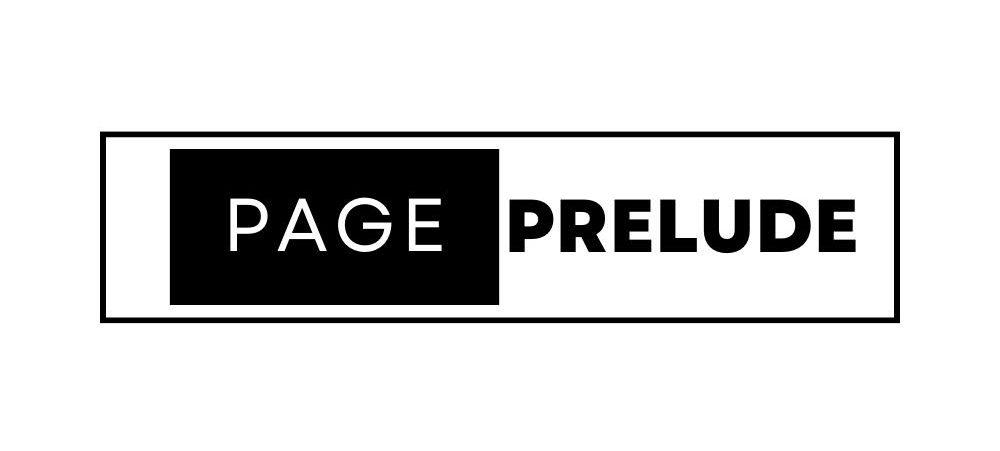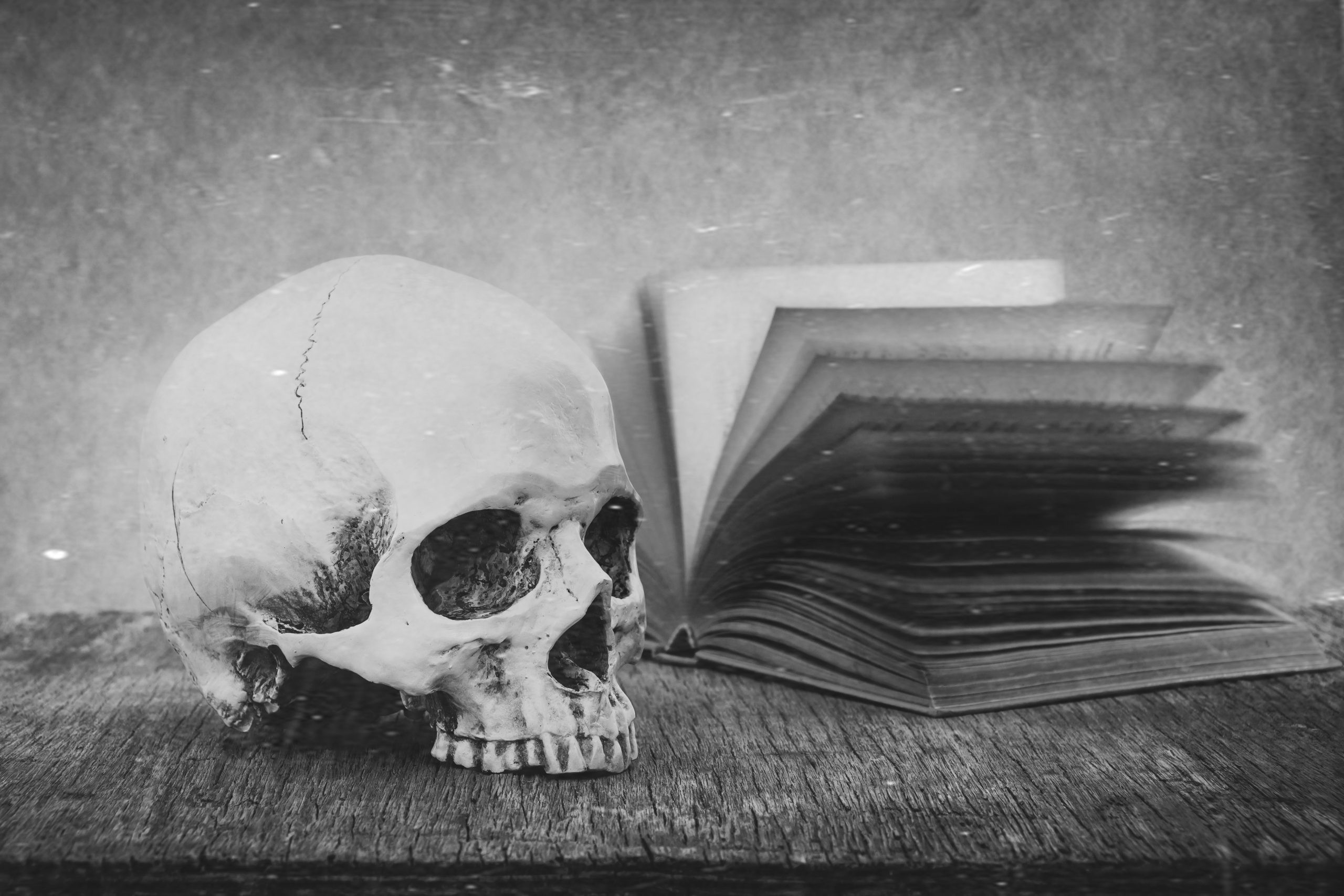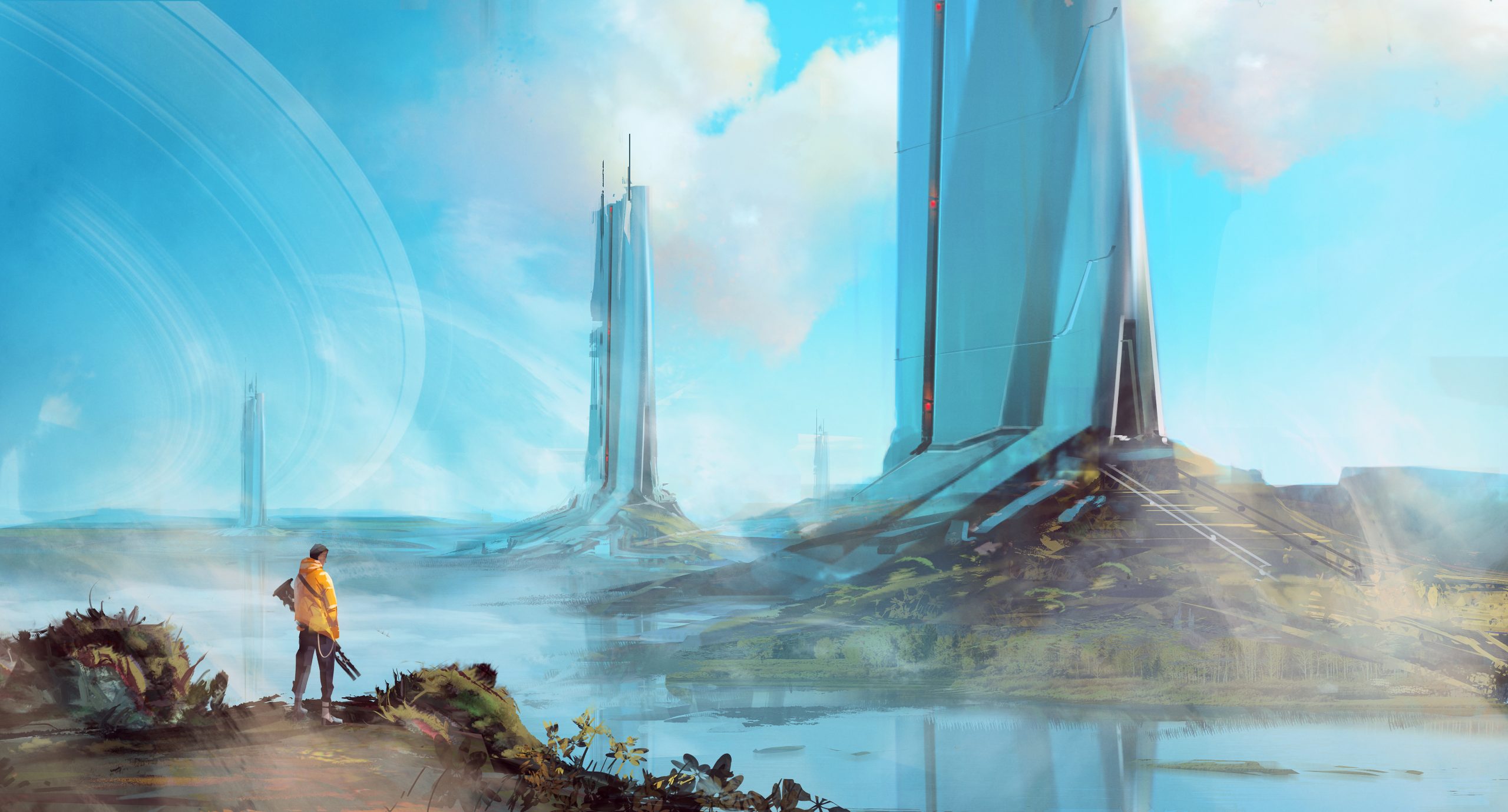Introduction:
Horror literature, an enduring genre that has fascinated readers for centuries, possesses a timeless and universal appeal. From ancient folklore to modern-day bestsellers, the tales that make up horror literature have a gripping allure. In this exploration, we unravel the essence of horror literature, its historical roots, and its continued relevance in the contemporary literary landscape.
The Historical Roots:
The roots of horror literature can be traced back through the annals of storytelling history. Ancient cultures, from Greek mythology to Gothic folklore, wove tales of supernatural entities, malevolent spirits, and the macabre. These stories, often passed down through oral traditions, laid the foundation for the horror genre as we know it today.
The Evolution of Horror:
As literature evolved, so did the horror genre. The 19th century saw the rise of Gothic fiction with authors like Mary Shelley and Edgar Allan Poe, who explored themes of the mysterious, the uncanny, and the grotesque. Poe’s mastery of the short story format gave birth to iconic works such as “The Tell-Tale Heart” and “The Fall of the House of Usher,” setting a precedent for psychological horror.
The 20th century witnessed the emergence of modern horror literature with iconic figures like H.P. Lovecraft, Stephen King, and Clive Barker. Lovecraft delved into cosmic horror, exploring the insignificance of humanity in the face of incomprehensible cosmic entities. Stephen King, the prolific master of horror, brought horror into everyday settings, making the mundane terrifying with classics like “IT” and “The Shining.”
Contemporary Horror Literature:
In the 21st century, horror literature continues to thrive with a diverse array of voices and subgenres. Authors like Gillian Flynn (“Gone Girl”) and Paul Tremblay (“The Cabin at the End of the World”) explore psychological horror, blurring the lines between reality and the supernatural. The rise of diverse perspectives has brought fresh narratives, such as Mexican Gothic by Silvia Moreno-Garcia, adding cultural richness to the genre.
Adaptations and Pop Culture:
The influence of horror literature extends beyond the pages of books, permeating film, television, and other forms of pop culture. Classic novels like Bram Stoker’s “Dracula” and Mary Shelley’s “Frankenstein” have been adapted countless times, while Stephen King’s extensive bibliography continues to inspire hit movies and TV series.
Conclusion:
In conclusion, horror literature, with its rich historical roots and ever-evolving nature, remains a captivating force in the literary world. From the eerie tales of the past to the psychological thrillers of today, horror literature continues to explore the darkest corners of the human psyche. As readers, we are drawn to the genre’s ability to elicit fear, provoke thought, and provide a lens through which we can examine our deepest fears and anxieties. As we navigate the vast landscape of horror literature, we discover not only the thrill of the unknown but also the enduring power of storytelling to evoke emotions that linger long after the final page is turned.


